Description
An ear and nose hair trimmer is a grooming tool specifically designed for safely and effectively trimming unwanted hair in the ear and nose areas. These devices help maintain a neat appearance without the discomfort or risks associated with other hair removal methods. Here’s an overview of how they work, key features to look for, and tips for safe usage:
Key Features of an Ear and Nose Hair Trimmer:
Rotary Blade System: Most trimmers use a rotary blade mechanism that safely cuts hair without pulling or nicking the skin.
Stainless Steel Blades: Durable and rust-resistant blades ensure clean and precise cuts.
Compact and Ergonomic Design: Designed for easy handling and precise trimming in hard-to-reach areas.
Washable Heads: Some models have detachable, washable heads for easy cleaning and improved hygiene.
Battery-Powered: Many trimmers are powered by replaceable or rechargeable batteries for cordless convenience.
LED Light: Certain models come with built-in LED lights to help illuminate the area and ensure thorough trimming.
Benefits of Using an Ear and Nose Hair Trimmer:
Safety: Designed to trim hair without the risk of cutting the sensitive skin inside the nose or ears.
Convenience: Quick and easy to use, allowing for at-home grooming without the need for professional help.
Pain-Free: Unlike tweezers, which can cause pain and irritation, trimmers are designed to cut hair comfortably.
Portability: Small and lightweight, making it easy to take along when traveling.
How to Use an Ear and Nose Hair Trimmer:
Clean the Area: Make sure your nose or ears are clean and free of any mucus or wax buildup.
Power On the Trimmer: Turn on the device and ensure it is functioning smoothly.
Trim Carefully:
Nose: Tilt your head back slightly and gently insert the trimmer into your nostril. Move it in a circular motion to ensure all visible hair is trimmed.
Ears: Hold the outer ear and carefully insert the trimmer into the ear canal just enough to reach visible hair. Avoid pushing the trimmer too deep to prevent damage.
Rinse and Clean: If your trimmer is waterproof or has washable heads, rinse the head under running water and let it air dry. Otherwise, use a small cleaning brush (often included) to remove hair debris.
Disinfect: Occasionally disinfect the blade head to maintain hygiene.
Tips for Safe and Effective Trimming:
Avoid Inserting Too Deeply: Trimming should only target visible hair; inserting the trimmer too deep could lead to injury.
Use in Well-Lit Areas: Ensure you have enough light, or choose a model with an LED light for better visibility.
Replace Batteries Regularly: Keep the trimmer powered sufficiently to ensure consistent performance.
Don’t Trim Too Often: Regular maintenance every few weeks is usually enough. Hair in the nose and ears serves protective functions like filtering dust and allergens.
Choosing the Right Model:
Dual-Purpose Options: Some trimmers come with attachments for other facial grooming needs, such as eyebrow trimming.
Waterproof Models: Opt for a waterproof trimmer if you want to use it in the shower or prefer an easier cleaning process.
Noise Level: Check for a low-noise model if you prefer a quieter experience.

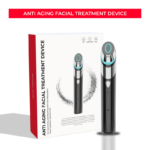
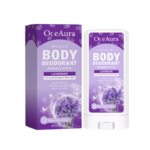


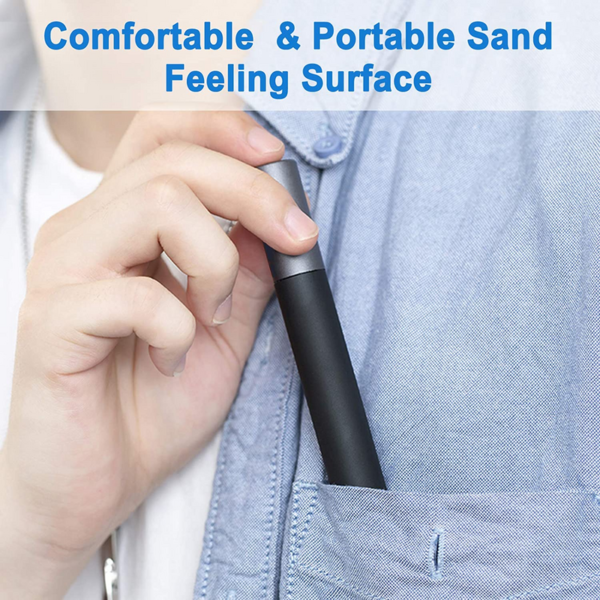
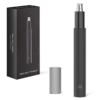

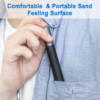

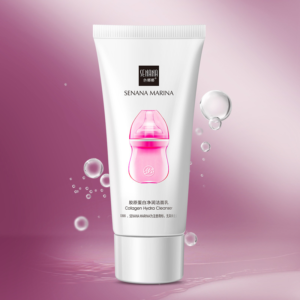

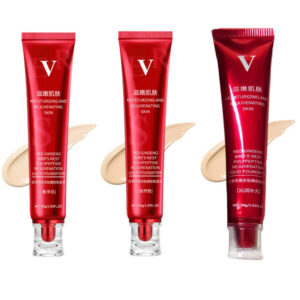
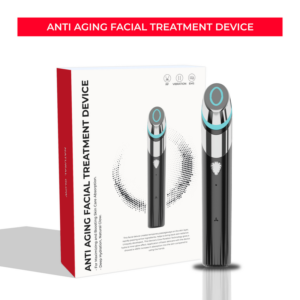
Reviews
There are no reviews yet.